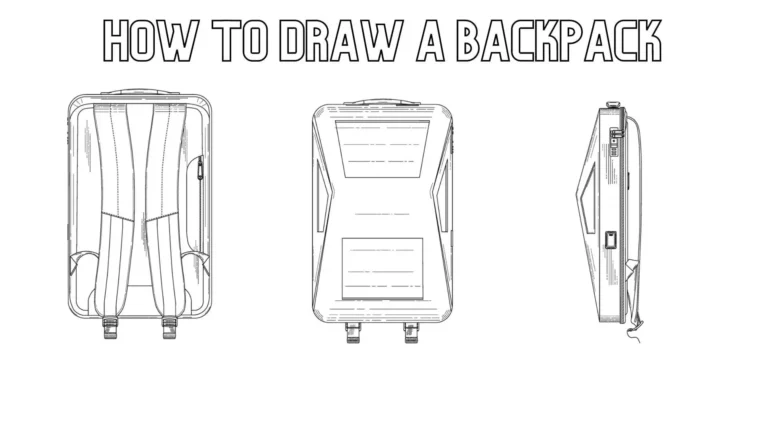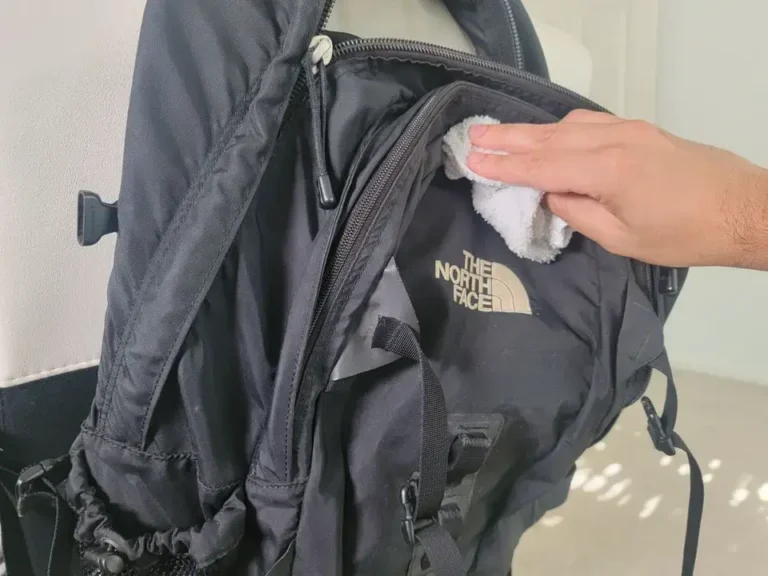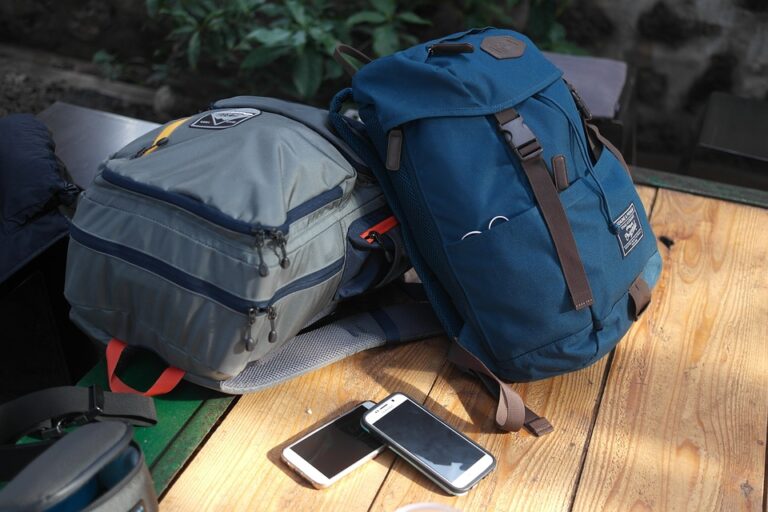How to Pack a Tent in a Backpack

I’m going to discuss how to pack a tent in a backpack today.
Of course, you could just throw your tent in there at random, but making sure your backpack is packed carefully ensures a more enjoyable hiking trip.
Since your tent is probably one of your heaviest pieces of backpacking equipment, carefully packing it will not only prevent damage to the tent but will also ensure that your back is not put through unnecessary strain while you travel to your next campsite.
You need to be well prepared for the experience when going on an overnight trip to the door.
That entails, at the very least, having a self-navigation map, as well as carrying water, food, a good tent, your best hiking boots, and so on.
Additionally, you’ll want to be cautious when packing to avoid creating an extremely heavy pack that could result in a painful slog along the way or, worse yet, an injury or strain that could abruptly put an end to your intended outdoor adventures.
It’s just as crucial to learn how to pack a tent in a backpack for camping as what you take in it.
Then you can concentrate on the important stuff, like spotting wildlife along the route, avoiding tripping over tree roots, and updating your Instagram stories with new footage from the backcountry, by learning how to pack a tent inside a backpack.
Here are six simple instructions on how to pack a tent in a backpack like an expert.
How to Pack a Tent in a Backpack (Internal Frame)

Step 1: Selecting a backpack
The majority of wilderness campers concur that a bag with an internal frame is the ideal choice. Internal frame backpacks have more volume, which makes it simpler to store a tent inside of them.
If you haven’t bought a backpack or tent yet, make sure the sizes match before making a purchase. If your existing tent is on the larger side, you can use a compression bag to shrink it down as much as you can to fit it within your pack.
Step 2: Setting up the tent
Make sure your tent is completely dry before packing it because hauling and packing a wet tent is difficult.
Set it up in your backyard or another area with lots of sunlight to let it air dry if you’re not sure if it’s entirely dry.
Lay out the tent completely on a flat area when you’re prepared to pack it. Place the bag with the tent poles next to the tent.
The tent should be adjusted such that its width matches that of the tent pole bag.
Step 3: Rolling up the tent
Place the bag with the tent poles on top of the tent, then start to tightly roll up the whole thing like a “burrito.”
Use the tent poles to tighten the rolling and keep everything in place so that neither the tent poles nor the opposite happens. Add the tent peg bag after a few rolls, then keep rolling.
To keep everything as squared off as tight as possible, go slowly.
Step 4: Concluding it
Once the tent roll is finished, place it inside the tent bag. The poles and pegs in the middle will offer central support and keep everything in its place.
Step 5: Setting up your bag
Pack some of the other stuff you’ll be carrying inside your backpack while setting the tent aside for the time being. The heavier goods should go at the bottom, while the lighter stuff should go at the top.
Step 6: Stuffing the backpack with your tent
Aim to position the tent in the center of the bag. Since your tent is one of your heaviest belongings, placing it in the middle relieves the least amount of stress on your back.
Your sleeping bag and tent should ideally be towards the bottom and top of your pack, respectively.
The tent can often be packed either vertically or horizontally. When unpacking, the tent may be easily removed from a vertical position, whereas a horizontal position enables you to stow additional items on top of the tent. The optimum position is the one that makes you feel most at ease.
Recommended Read: What Are Tents Made Of? Everything You Need to Know About the Materials Used In Making Tent
How to Pack a Tent in a Backpack (External Frame)
With a few minor variations, understanding how to pack a tent in a backpack with an exterior frame is comparable.
The same rolling and setup procedures as when utilizing an internal frame backpack apply. The tent’s location in or rather on your pack makes a significant effect.
Place the tent outside if possible. Backpacks with external frames are made for situations like these. The bottom of the backpack is the finest spot for it because it assures minimal strain on your back when you’re walking.
Just keep in mind that leaving the tent outside exposes it to additional risks, including getting tangled in tree branches or getting wet if it rains.
The tent could fall off the backpack, putting you in a precarious position. To prevent your backpack from coming off and leaving you stranded, make sure to tie a strong knot connecting it to your tent.
Frequently Asked Questions
Can you fit a tent in a backpack?
Yes, it is frequently possible and recommended to carry your tent in your bag. Of course, this depends on the size of the tent and the backpack.
A standard 50+ liter backpack should have little trouble fitting a 1-person hiking tent inside, but depending on the design, a bigger 2 or 3-person tent may need a 60+ liter pack. If your tent won’t fit inside your bag, another alternative is to strap it to the exterior.
Is it preferable to roll or stuff a tent when backpacking?
Either option is effective. If you want, rolling can be neat and make it simple to tie your tent to the outside of your pack.
The tent may be subject to harm from goods inside your pack and it may make your other equipment dirty, but stuffing saves time and enables your tent to fit into a larger variety of areas within your bag. See which suits you the best, or try an alternative depending on your requirements.
Bottom Line
You now know everything there is to know about the ideal methods for carrying a tent while trekking. I hope it makes you feel a little more organized and ready for your upcoming trip.
Remember that our equipment and packing preferences change over time, so it’s common to try a few unsuccessful solutions before finding one that works. Play around and have fun!






